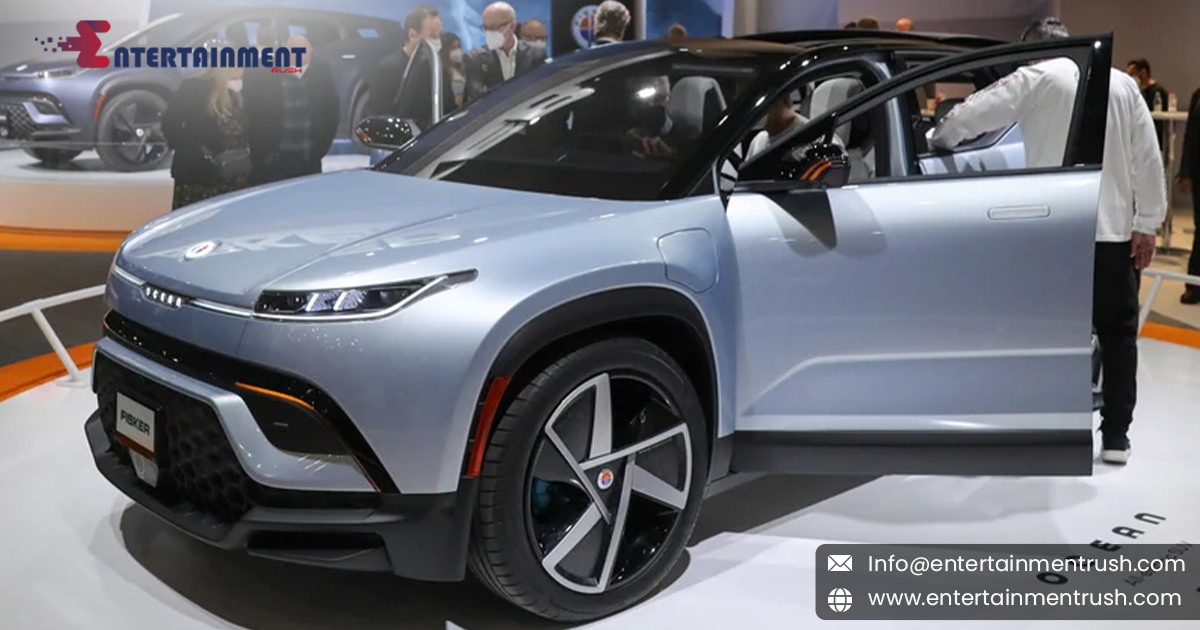In a dramatic turn of events for the electric vehicle (EV) industry, Fisker Inc., a prominent player in the market, has filed for bankruptcy due to severe cash shortages. This development marks a significant setback not only for the company but also for the broader EV sector, which has been grappling with various challenges related to funding, production, and market competition.
The Rise and Fall of Fisker Inc.
Fisker Inc. emerged as an ambitious contender in the electric vehicle market with a vision to revolutionize sustainable transportation. Founded by Henrik Fisker, a designer renowned for his work on luxury vehicles, the company initially garnered attention for its sleek designs and innovative technologies. The Fisker Karma, the company’s first luxury plug-in hybrid, was well-received and generated substantial buzz.
However, despite the initial excitement, Fisker faced numerous obstacles along the way. Financial struggles, production delays, and challenges in scaling operations hindered the company’s progress. Despite efforts to overcome these issues, including strategic partnerships and fundraising initiatives, Fisker struggled to maintain a stable financial footing.
Key Reasons Behind the Bankruptcy Filing
The decision to file for bankruptcy comes as a result of several interconnected factors:
Cash Shortages:
The primary driver behind Fisker’s bankruptcy is a severe shortage of cash. The company’s financial instability was exacerbated by difficulties in securing additional funding and revenue streams. Cash flow issues hampered its ability to invest in production, research and development, and other critical areas.
Production Challenges:
Fisker faced significant hurdles in scaling up production to meet market demands. Delays in manufacturing and quality control issues affected the timely delivery of vehicles and led to increased costs. These production challenges contributed to the company’s financial strain.
Market Competition:
The electric vehicle market has become increasingly competitive, with established automakers and new entrants vying for market share. Fisker struggled to differentiate itself and gain traction amid a rapidly evolving landscape. Competition from well-funded rivals further intensified the company’s financial pressures.
Funding and Investment Issues:
Despite efforts to secure investment and funding, Fisker faced difficulties attracting the necessary capital to sustain its operations. The lack of sufficient financial backing limited its ability to execute its business plans and address operational challenges effectively.
Implications for the EV Industry
Fisker’s bankruptcy has broader implications for the electric vehicle industry:
Impact on Investors and Stakeholders:
The bankruptcy filing affects not only Fisker’s employees and customers but also its investors and stakeholders. Those who invested in the company or had financial interests may face significant losses. The situation underscores the risks associated with investing in emerging industries and startups.
Industry Trends and Challenges:
The challenges faced by Fisker reflect broader trends in the EV industry, including the difficulties of scaling production, securing funding, and competing in a rapidly evolving market. Other EV manufacturers may need to address similar issues to ensure their long-term viability.
Regulatory and Policy Considerations:
The bankruptcy may prompt discussions about regulatory and policy support for the EV sector. Governments and regulatory bodies may need to consider measures to support companies facing financial difficulties and promote stability in the industry.
Consumer Confidence:
The bankruptcy could impact consumer confidence in electric vehicles, particularly for those considering purchasing from newer or less established brands. Building trust and demonstrating reliability will be crucial for other EV manufacturers moving forward.
The Path Forward
As Fisker navigates its bankruptcy proceedings, the company’s future remains uncertain. The bankruptcy process will involve restructuring efforts and negotiations with creditors to address outstanding financial obligations. The outcome of these proceedings will determine the company’s ability to recover or potentially liquidate its assets.
For the broader electric vehicle industry, the situation serves as a reminder of the challenges and risks associated with innovation and entrepreneurship. While the bankruptcy of Fisker Inc. is a setback, it also presents opportunities for learning and growth within the industry.
The electric vehicle sector continues to evolve, with ongoing advancements in technology, infrastructure, and consumer adoption. As companies and stakeholders assess the impact of Fisker’s bankruptcy, there will be a renewed focus on addressing industry challenges and fostering a more resilient and sustainable future for electric transportation.
Conclusion
The bankruptcy of electric vehicle maker Fisker Inc. amid cash shortages highlights the complexities and difficulties faced by companies in the EV sector. While this development is a significant setback, it provides valuable insights into the challenges of scaling innovation and maintaining financial stability in a competitive market. As the industry adapts and evolves, lessons learned from Fisker’s experience will play a role in shaping the future of electric vehicles and sustainable transportation.
